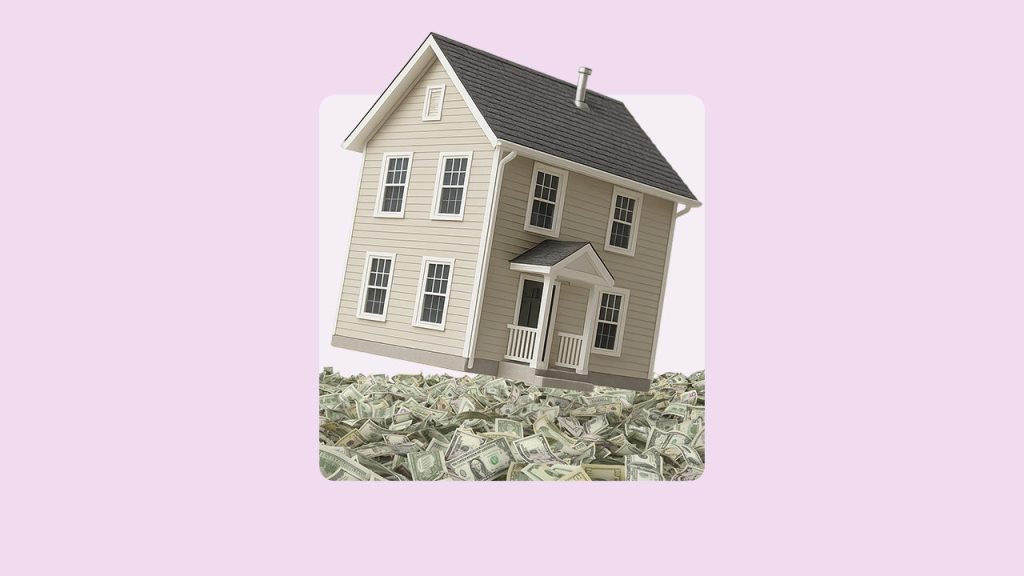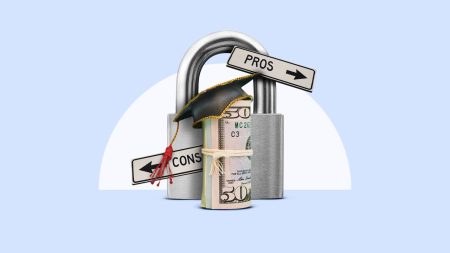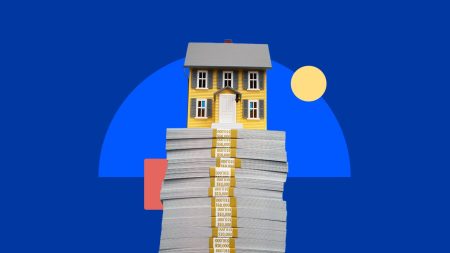Key takeaways
- Coming up with enough cash for a down payment is one of the biggest hurdles for homebuyers, especially first-timers.
- But putting down a full 20 percent of the purchase price isn’t necessary — many financing options have much lower requirements.
- There are also many down payment assistance programs that can help buyers cover these and other homebuying costs.
The dream of homeownership probably seems farther and farther away for many prospective buyers. Affordability, according to data from the Federal Reserve Bank of Atlanta, is about as bad as it’s been in at least 20 years.
Home prices have risen 47 percent since 2020, far outpacing wage growth, and property taxes and insurance premiums have risen along with them. It’s no surprise that in its June National Housing Survey, Fannie Mae reported a nearly four-point drop in consumer sentiment, noting that 71 percent of survey respondents said today’s market was a bad time to buy.
Meanwhile, mortgage rates continue to bump along in a very narrow range between 6.75 and 7.0 percent and seem unlikely to fall dramatically anytime soon, providing no relief for borrowers hoping for lower financing costs.
These challenges are particularly acute for first-time homebuyers, who haven’t built up equity in an existing home to use as a down payment. In fact, not having adequate funds for a down payment and closing costs was cited as one of the biggest hurdles for potential homebuyers in Bankrate’s 2025 Down Payment Survey — 81 percent of the aspiring homeowners surveyed said that down payment and closing costs pose a “very significant” or “somewhat significant” obstacle to owning a home.
The lowdown on down payments
One of the reasons many people don’t think they can afford a down payment is the long-held belief that they’d need to put down 20 percent of the home’s purchase price. In today’s market, that’s simply too steep a hill to climb for many buyers.
The median price of an existing home sold in May was $422,800, according to the National Association of Realtors (NAR). A 20 percent down payment on a home of that price would mean scraping together $84,560. And in an expensive market like California, where the median sale price in May was just over $900,000, it would require $180,000. It’s small wonder, then, that 20 percent of the respondents to Bankrate’s Down Payment Survey believed that they’d never be able to save up enough for a down payment.
Money tip:
The 20 percent down payment requirement is a myth. There are more low-down-payment options available for homebuyers today than at anytime in recent memory.
Fortunately, the 20 percent down payment requirement is a myth — and a hard one to kill, much like the enduring legend of alligators living in New York City’s sewers. In fact, NAR recently reported that, among first-time buyers from 2018 to 2024, the average down payment fluctuated between just 6 and 10 percent. The reality is that there are more legitimate low-down-payment options available for homebuyers today than at anytime in recent memory.
Financing options for first-time buyers
First-time homebuyers often use financing through the Federal Housing Administration (FHA), which has loan products ideally suited to meet their needs. Importantly, the FHA makes these loans available with down payments as low as 3.5 percent (depending on your credit score). So to use our prior example, the down payment on a median-priced home today would drop from over $84,000 to just $14,798. NAR reports that 29 percent of first-time buyers in 2024 used FHA loans.
About 52 percent of first-time buyers used conventional 30-year fixed-rate loans for their home purchase. These loans are also available with low down payments: Fannie Mae’s HomeReady loans and Freddie Mac’s HomeOne loans both have minimum down payments of just 3 percent for qualified borrowers, and both are geared primarily or exclusively to first-time buyers. (It’s important to note that neither Fannie Mae nor Freddie Mac are direct lenders, so borrowers need to explore these options with their mortgage bank or broker.)
Finally, for borrowers who qualify, VA loans through the Department of Veterans Affairs can be available with no money down at all — a 0 percent down payment.
As with all great deals, though, these low down payment loans come with a couple of catches:
-
First, most mortgages with a loan-to-value (LTV) ratio over 80 percent (where the borrower’s loan amount is more than 80 percent of the price of the home) require mortgage insurance until the balance decreases below that amount. This can cost up to 2 percent of the loan amount annually.
-
Second, the lower the down payment, the higher the loan amount — so a borrower will have higher monthly payments and ultimately will probably pay more interest over the life of the loan.
Down payment assistance programs
Some buyers are surprised to learn that there is help available when it comes to pulling together the cash needed for a down payment. Down payment assistance programs are designed to help homebuyers meet the minimum requirement for a down payment and other closing costs. They can also help those who’d like to put down a larger amount of money in order to reduce monthly payments and long-term interest payments, or to minimize how long they’ll need to pay mortgage insurance.
Most of these programs are geographically focused, offered by state and local governments. There are also programs offered by nonprofits or mortgage lenders, and some special programs are targeted at specific groups, like military families, teachers and first responders.
There are “thousands of down payment assistance programs available, especially for first-time buyers,” says Rob Chrane, CEO of Down Payment Resource. The firm tracks over 2,500 assistance programs across the country which provide funds that, in addition to the down payment itself, can be used to help with closing costs and prepaid expenses, buy down interest rates and, in some cases, cover buyer’s agent commissions. There are even programs offering grants that never need to be paid back.
Chrane, who founded the company in 2008, believes that today’s poor affordability is causing more prospective buyers to research these programs. He cites a partnership in which Down Payment Resource data is integrated into property listings on Zillow as an example: “After the first 12 months, Zillow reported that over one million unique visitors entered information to determine their eligibility,” he says. “And they took it a step further and found that 93 percent of those visitors were matched with at least one program.”
Assistance is not just for first-timers
While most down payment assistance programs may be intended for first-time buyers, Chrane estimates that just under 40 percent of the programs also offer assistance to repeat buyers. And you don’t necessarily have to be a low-income earner to benefit: “Most of the programs have some income limits — it used to be 80 percent of the local median income — but some allow incomes at 100 or 120 percent, and some have no income limits at all.”
These programs aren’t only useful for scraping together a minimum down payment, either. Buyers who have already saved up can add these funds to their savings in order to improve their LTV ratio, reduce their monthly payments and decrease their debt-to-income (DTI) ratio — an important metric in terms of getting a loan approved in the first place.
Money tip:
One-third of declined mortgage loans could have been approved if the borrowers had applied for available down payment assistance.
“We’ve analyzed tens of thousands of declined loans to see how many of these applications could have been approved by using down payment assistance that was available at that loan level,” says Chrane. “And in our history of doing that and looking at different lenders, the number has always averaged around 33 percent.” In other words, a full third of declined loans could have been approved if the borrowers had known about, and applied for, available down payment assistance.
These programs won’t solve all the issues making affordability challenging in today’s market. But they offer a wide range of benefits, from helping borrowers meet minimum requirements to improving the odds for loan approval and reducing financing costs. For anyone hoping to buy a home, they are certainly worth looking into.
Why we ask for feedback
Your feedback helps us improve our content and services. It takes less than a minute to
complete.
Your responses are anonymous and will only be used for improving our website.
Help us improve our content
Read the full article here









